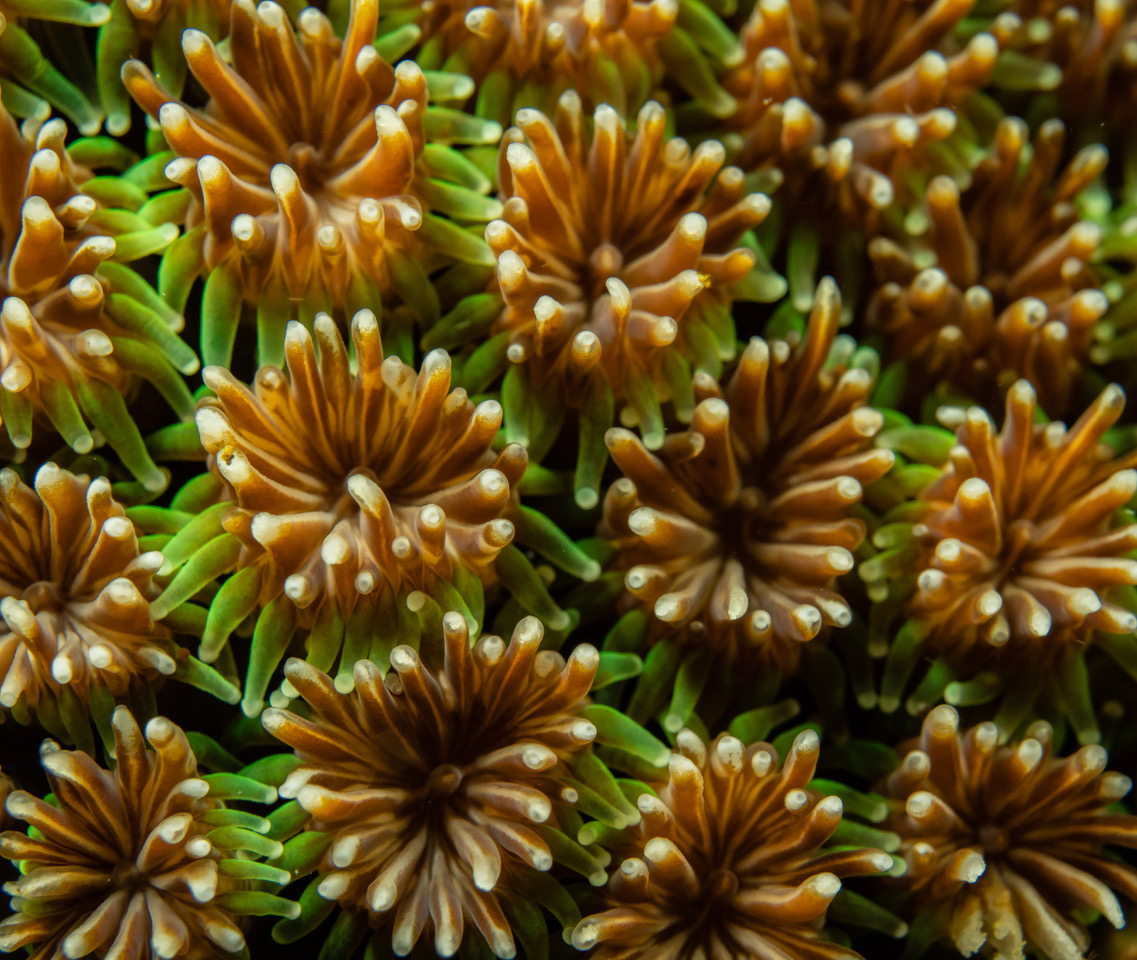Scientists discover first organism with chlorophyll genes that doesn’t photosynthesize
April 3, 2019

April 3, 2019

For the first time scientists have found an organism that can produce chlorophyll but does not engage in photosynthesis.
The peculiar organism is dubbed ‘corallicolid’ because it is found in 70 per cent of corals around the world and may provide clues as to how to protect coral reefs in the future.
“This is the second most abundant cohabitant of coral on the planet and it hasn’t been seen until now,” says Patrick Keeling, a University of British Columbia botanist and senior researcher overseeing the study published in Nature. “This organism poses completely new biochemical questions. It looks like a parasite, and it's definitely not photosynthetic. But it still makes chlorophyll.”
Chlorophyll is the green pigment found in plants and algae that allows them to absorb energy from sunlight during photosynthesis.
“Having chlorophyll without photosynthesis is actually very dangerous because chlorophyll is very good at capturing energy, but without photosynthesis to release the energy slowly it is like living with a bomb in your cells,” Keeling says.
Corallicolids live in the gastric cavity of a wide array of corals responsible for building reefs, as well as black corals, fan corals, mushroom corals, and anemones. They are an apicomplexan, part of a vast group of parasites that have a cellular compartment called a plastid, which is the part of plant and algal cells where photosynthesis takes place. The most famous apicomplexan is Plasmodium, the parasite responsible for malaria.
More than a decade ago, photosynthetic algae related to apicomplexans were discovered in healthy corals, indicating they might have evolved from benign photosynthesising organisms attached to corals before turning into the parasites we know today.
Ecological data showed that coral reefs contain several apicomplexans, but corallicolids, the most most common one, had not been studied until now. The organism has revealed a new puzzle: not only does it have a plastid, but it contains all four plastid genes used in chlorophyll production.
“It’s quite a head scratcher,” says Waldan Kwong, a UBC postdoctoral research fellow and lead author of the study. “We don’t know why these organisms are holding on to these photosynthesis genes. There’s some novel biology going on here, something we haven’t seen before.”
The researchers hope further research on corallicolids will provide a more sophisticated understanding of coral habitats and allow us to better preserve them.
We honour xwməθkwəy̓ əm (Musqueam) on whose ancestral, unceded territory UBC Vancouver is situated. UBC Science is committed to building meaningful relationships with Indigenous peoples so we can advance Reconciliation and ensure traditional ways of knowing enrich our teaching and research.
Learn more: Musqueam First Nation